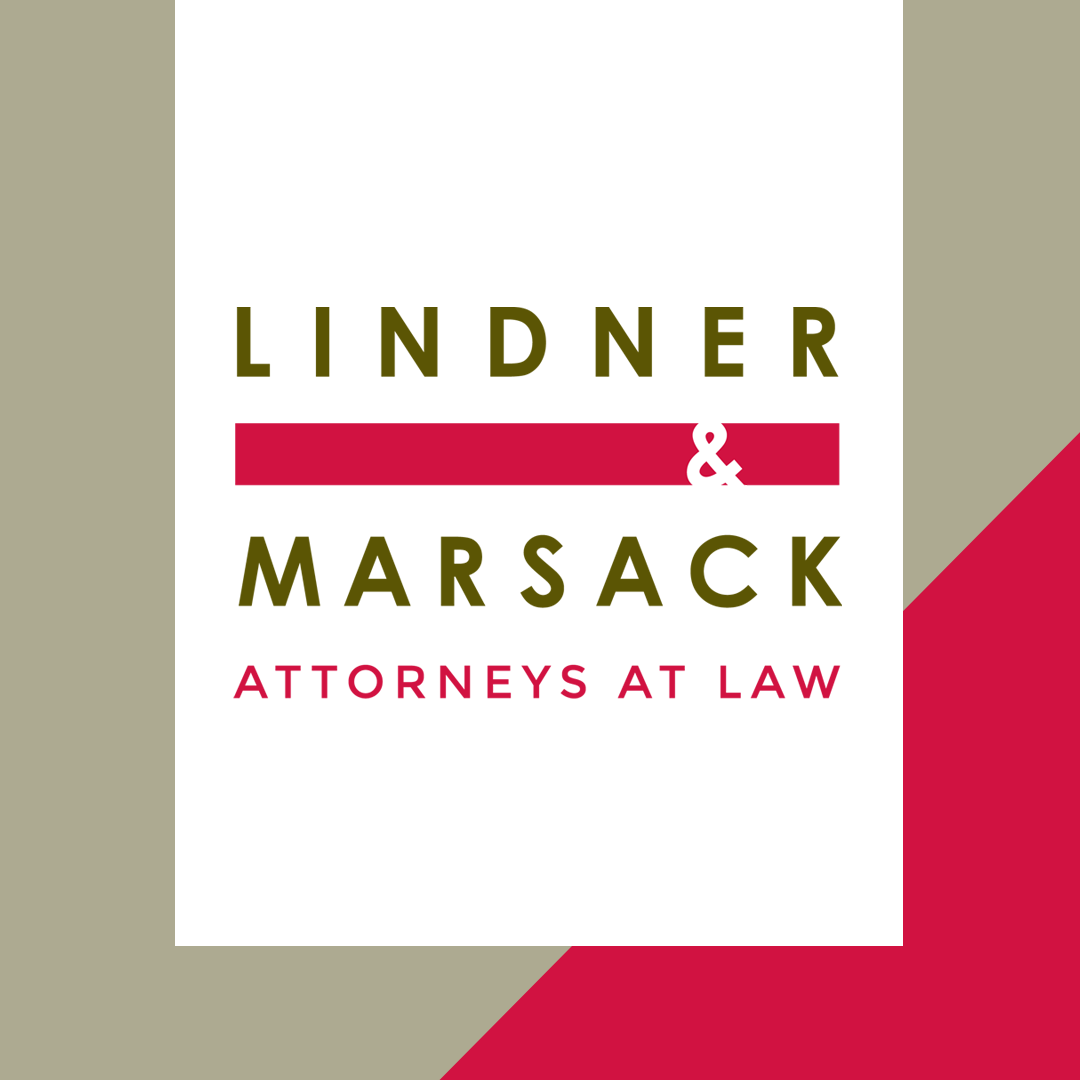By Daniel Finerty There are several changes to Illinois that that, regardless of when the laws were passed, go into effect or have recently gone into effect in 2023, and place additional obligations on Illinois employers. Additional Paid Leave Obligations In addition to the Illinois Paid Leave for All Workers Act that goes into effect […]

